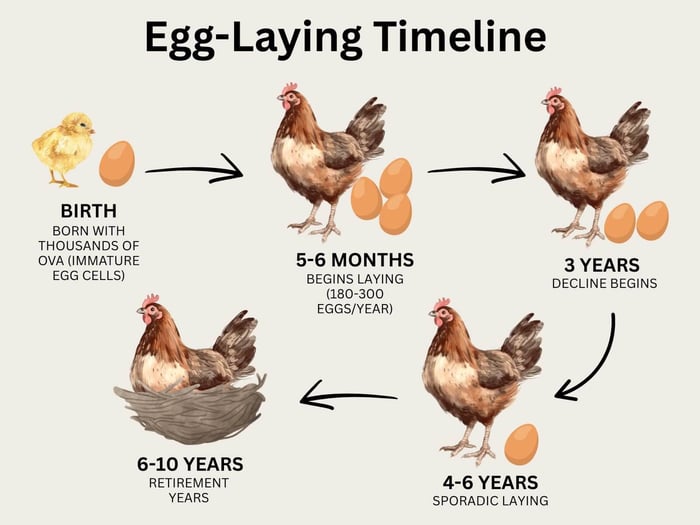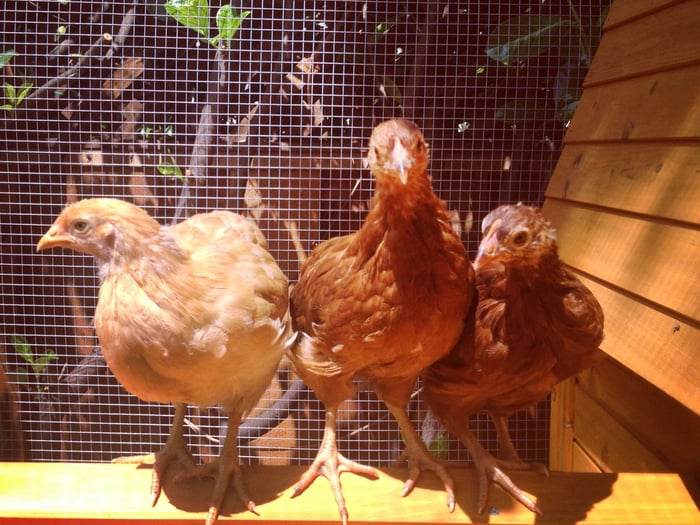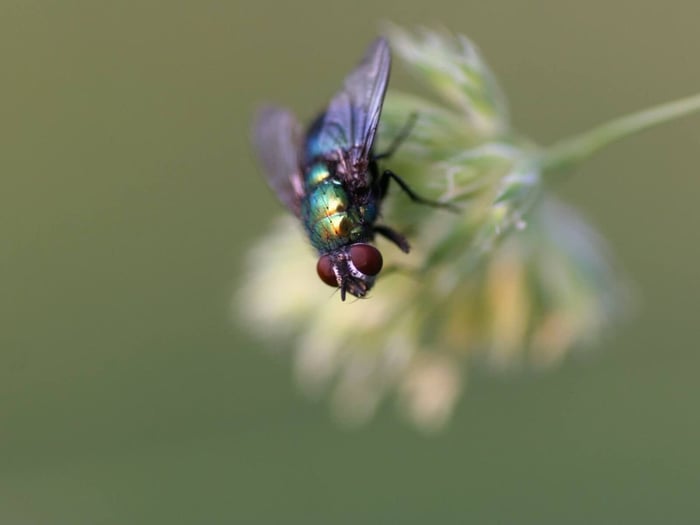Egg Yolk Color: Why Backyard Eggs Look Different
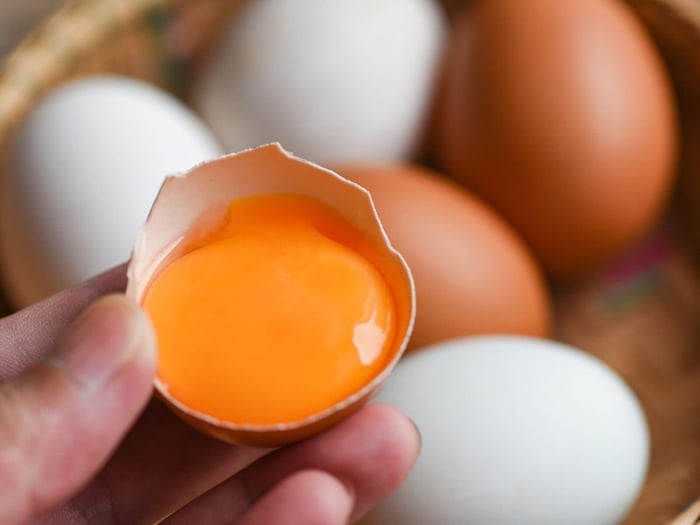
If you’ve ever cracked open a backyard egg alongside a store-bought one, you’ve probably noticed something striking: the egg yolk color. Backyard eggs often glow with a rich, golden or deep orange hue, while grocery store yolks tend to look pale or muted by comparison.
But what causes this difference? Does a darker yolk mean the egg is healthier? And, most importantly for backyard chicken keepers — how can you help your own hens lay those vibrant, picture-perfect eggs?
Let’s answer some of the most common questions about egg yolk color and explore simple ways to naturally deepen the color of the eggs your flock produces.
Egg Yolk 101
What Determines Egg Yolk Color?
The biggest factor: diet. It’s not about the breed, egg size, or even how happy your hen seems — it’s almost entirely about what she eats.
Hens absorb natural plant pigments called xanthophylls from their food. Xanthophylls belong to the carotenoid family, which gives yellow, orange, and red tones to plants like marigolds, carrots, squash, and leafy greens. When a hen eats plants rich in xanthophylls, those pigments pass into the egg yolk, deepening its color.
Backyard chickens tend to have access to a much more varied, natural diet than most commercial laying hens. They often eat:
Fresh grass, weeds, and clover
Garden scraps and kitchen leftovers
Bugs and insects they catch in the yard
High-quality, diverse layer feed
All of these foods boost the hen’s intake of xanthophylls, producing those vibrant, eye-catching yolks that backyard chicken keepers love.
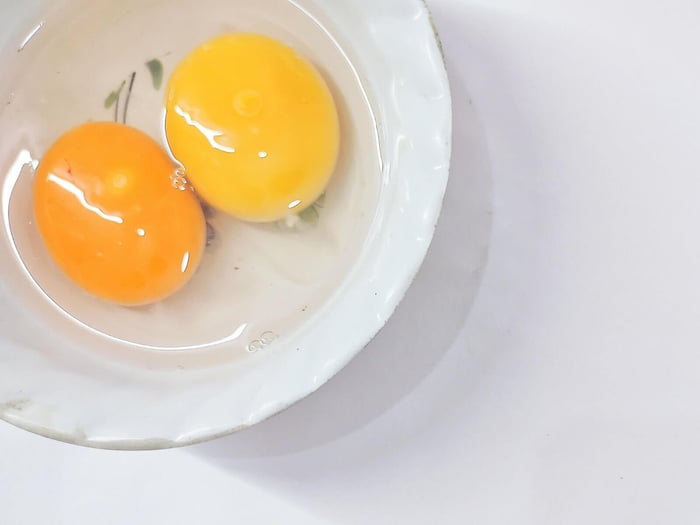 Why Do Store-Bought Eggs Look Different?
Why Do Store-Bought Eggs Look Different?
In commercial egg production, hens are typically fed a standardized, controlled diet. While it meets their nutritional needs, it’s often lower in natural plant pigments, especially if the hens are kept indoors with no access to greens or insects. As a result, the yolk is usually lighter, ranging from pale yellow to light orange.
Some commercial farms will add synthetic pigments or marigold extract to feed to artificially darken the yolks. While this improves appearance, it’s not the same as the natural pigmentation that comes from a free-ranging, diverse diet.
What Makes Backyard Egg Yolks Richer?
The diet diversity of backyard chickens gives them an edge when it comes to egg yolk color. A hen that roams outdoors eats more greens, weeds, seeds, and bugs, all rich in xanthophylls. Even scraps like pumpkin, squash, kale, and corn can add more pigments to her system, enhancing the yolk’s color naturally.
Fun fact: In some countries, small farms intentionally add marigold petals or other bright-colored plants to feed to enrich yolk color naturally — not just for beauty but because it signals a varied diet.
Does Darker Egg Yolk Color Mean a Healthier Egg?
This is a common question, and the answer is: not necessarily.
While a darker yolk usually reflects a hen’s more natural, varied diet (which is often healthier overall), the yolk color itself isn’t a guaranteed measure of nutrition. Research shows that eggs from pasture-raised hens often contain higher levels of omega-3 fatty acids, vitamin A, and vitamin E — but the color alone doesn’t confirm that.
In short, egg yolk color is a useful clue about diet but not a precise nutrition label. It suggests that the hen has access to more pigment-rich foods, but the egg’s full nutritional profile depends on many factors, including the hen’s health and the specific mix of her diet.
Are Pale Yolks Inferior or Unsafe?
Absolutely not. Pale yolks are not bad, unhealthy, or unsafe. Grocery store eggs with pale yolks still meet nutritional standards and safety guidelines. The lighter color simply reflects a diet lower in natural pigments — often because commercial hens are raised indoors without access to the wide range of forage backyard hens enjoy.
Many backyard chicken owners love their dark yolks because they’re a visual sign of a more natural, outdoor lifestyle, but that doesn’t mean pale yolks are harmful or lacking in nutrients.
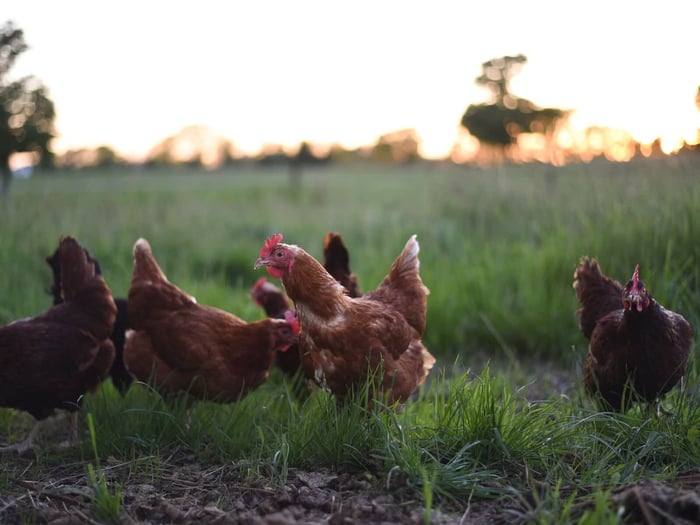 How to Naturally Deepen Your Chickens’ Egg Yolk Color
How to Naturally Deepen Your Chickens’ Egg Yolk Color
If you want to help your hens produce richer, deeper yolk, there are simple, natural steps you can take:
Let them forage: The more access they have to fresh grass, weeds, and bugs, the more xanthophylls they’ll ingest.
Feed them leafy greens: Kale, spinach, clover, and dandelion greens are excellent sources of natural pigments.
Offer yellow/orange foods: Pumpkins, squash, corn, and marigold petals are all loaded with carotenoids.
Use high-quality feed: A balanced, premium layer feed gives your hens a solid dietary foundation.
Avoid synthetic additives or artificial pigment enhancers; natural methods are healthier and more sustainable for your flock.
Why Backyard Eggs Taste Better
Many backyard chicken keepers claim their eggs not only look better but taste better, too. And there’s good reason for that.
Freshness plays a huge role. Backyard eggs go from coop to kitchen in a matter of hours or days, while store-bought eggs may be several weeks old by the time you crack them open. That freshness affects both taste and texture.
Additionally, the hen’s diet contributes subtle flavor differences. Hens with access to forage, greens, and a natural, varied diet tend to produce eggs with richer, creamier yolks and a more satisfying taste.
There’s also the simple joy factor: food you raised yourself always tastes better.
The Big Picture: Why Color Matters
The yolk color isn’t just a pretty detail — it tells the story of how your hens live, what they eat, and how closely you’re connected to the food on your plate.
While darker yolks aren’t automatically healthier, they are often the result of a natural, well-rounded, and diverse diet, which many backyard chicken owners value deeply.
Next time you gather eggs from your hens, take a moment to appreciate that egg yolk color. It’s a small but meaningful reminder of the care you put into your flock and the rewards of raising your own food. Be warned — after enjoying eggs from your backyard, you’ll never look at store-bought eggs the same way again.
Other Related Blogs:
Easter Egger Chickens: Colorful Eggs Start Here
How Do Chickens Make Eggs: A Guide for Backyard Chicken Owners


.png)

 Why Do Store-Bought Eggs Look Different?
Why Do Store-Bought Eggs Look Different? How to Naturally Deepen Your Chickens’ Egg Yolk Color
How to Naturally Deepen Your Chickens’ Egg Yolk Color